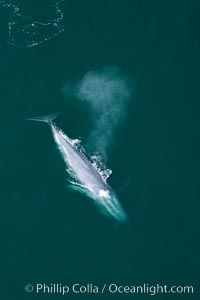
Blue whale, exhaling as it surfaces from a dive, aerial photo. The blue whale is the largest animal ever to have lived on Earth, exceeding 100' in length and 200 tons in weight.
Species: Blue whale, Balaenoptera musculus
Location: Redondo Beach, California
Image ID: 25965
Species: Blue whale, Balaenoptera musculus
Location: Redondo Beach, California
Image ID: 25965
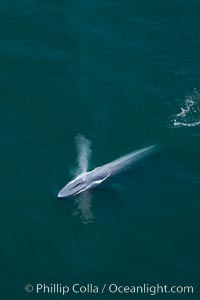
Blue whale, exhaling as it surfaces from a dive, aerial photo. The blue whale is the largest animal ever to have lived on Earth, exceeding 100' in length and 200 tons in weight.
Species: Blue whale, Balaenoptera musculus
Location: Redondo Beach, California
Image ID: 25969
Species: Blue whale, Balaenoptera musculus
Location: Redondo Beach, California
Image ID: 25969
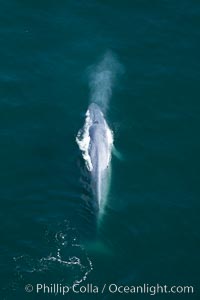
Blue whale, exhaling as it surfaces from a dive, aerial photo. The blue whale is the largest animal ever to have lived on Earth, exceeding 100' in length and 200 tons in weight.
Species: Blue whale, Balaenoptera musculus
Location: Redondo Beach, California
Image ID: 25970
Species: Blue whale, Balaenoptera musculus
Location: Redondo Beach, California
Image ID: 25970
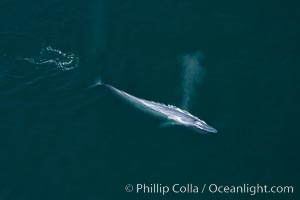
Blue whale, exhaling as it surfaces from a dive, aerial photo. The blue whale is the largest animal ever to have lived on Earth, exceeding 100' in length and 200 tons in weight.
Species: Blue whale, Balaenoptera musculus
Location: Redondo Beach, California
Image ID: 25976
Species: Blue whale, Balaenoptera musculus
Location: Redondo Beach, California
Image ID: 25976
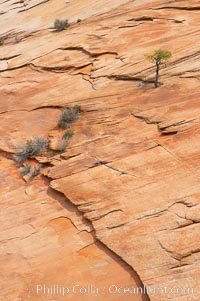
Navajo sandstone forms the cliffs and walls of Zion National Park. The sandstone reaches a thickness of 2300 feet and consists of ancient cemented desert sand dunes. Horizontal lines, commonly called crossbedding, represent layers of wind-blown sand that built up into sand dunes. These dunes were then buried, and the sand grains glued together by calcite and iron oxide to form sandstone.
Location: Zion National Park, Utah
Image ID: 12514
Location: Zion National Park, Utah
Image ID: 12514
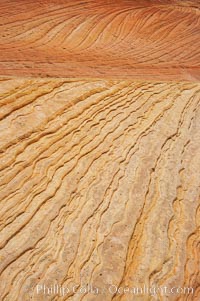
Navajo sandstone forms the cliffs and walls of Zion National Park. The sandstone reaches a thickness of 2300 feet and consists of ancient cemented desert sand dunes. Horizontal lines, commonly called crossbedding, represent layers of wind-blown sand that built up into sand dunes. These dunes were then buried, and the sand grains glued together by calcite and iron oxide to form sandstone.
Location: Zion National Park, Utah
Image ID: 12515
Location: Zion National Park, Utah
Image ID: 12515
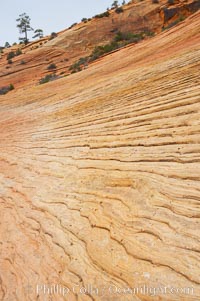
Navajo sandstone forms the cliffs and walls of Zion National Park. The sandstone reaches a thickness of 2300 feet and consists of ancient cemented desert sand dunes. Horizontal lines, commonly called crossbedding, represent layers of wind-blown sand that built up into sand dunes. These dunes were then buried, and the sand grains glued together by calcite and iron oxide to form sandstone.
Location: Zion National Park, Utah
Image ID: 12516
Location: Zion National Park, Utah
Image ID: 12516
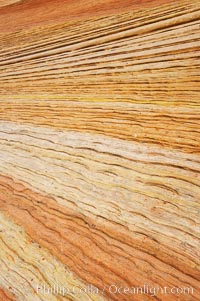
Navajo sandstone forms the cliffs and walls of Zion National Park. The sandstone reaches a thickness of 2300 feet and consists of ancient cemented desert sand dunes. Horizontal lines, commonly called crossbedding, represent layers of wind-blown sand that built up into sand dunes. These dunes were then buried, and the sand grains glued together by calcite and iron oxide to form sandstone.
Location: Zion National Park, Utah
Image ID: 12517
Location: Zion National Park, Utah
Image ID: 12517
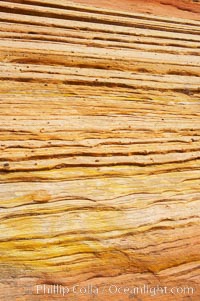
Navajo sandstone forms the cliffs and walls of Zion National Park. The sandstone reaches a thickness of 2300 feet and consists of ancient cemented desert sand dunes. Horizontal lines, commonly called crossbedding, represent layers of wind-blown sand that built up into sand dunes. These dunes were then buried, and the sand grains glued together by calcite and iron oxide to form sandstone.
Location: Zion National Park, Utah
Image ID: 12518
Location: Zion National Park, Utah
Image ID: 12518
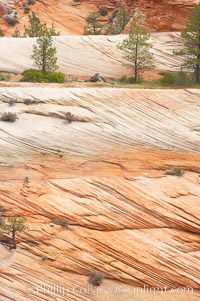
Navajo sandstone forms the cliffs and walls of Zion National Park. The sandstone reaches a thickness of 2300 feet and consists of ancient cemented desert sand dunes. Horizontal lines, commonly called crossbedding, represent layers of wind-blown sand that built up into sand dunes. These dunes were then buried, and the sand grains glued together by calcite and iron oxide to form sandstone.
Location: Zion National Park, Utah
Image ID: 12520
Location: Zion National Park, Utah
Image ID: 12520
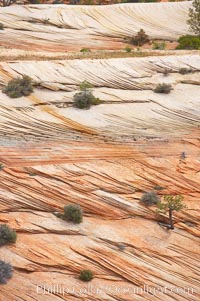
Navajo sandstone forms the cliffs and walls of Zion National Park. The sandstone reaches a thickness of 2300 feet and consists of ancient cemented desert sand dunes. Horizontal lines, commonly called crossbedding, represent layers of wind-blown sand that built up into sand dunes. These dunes were then buried, and the sand grains glued together by calcite and iron oxide to form sandstone.
Location: Zion National Park, Utah
Image ID: 12521
Location: Zion National Park, Utah
Image ID: 12521
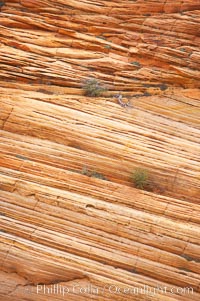
Navajo sandstone forms the cliffs and walls of Zion National Park. The sandstone reaches a thickness of 2300 feet and consists of ancient cemented desert sand dunes. Horizontal lines, commonly called crossbedding, represent layers of wind-blown sand that built up into sand dunes. These dunes were then buried, and the sand grains glued together by calcite and iron oxide to form sandstone.
Location: Zion National Park, Utah
Image ID: 12522
Location: Zion National Park, Utah
Image ID: 12522
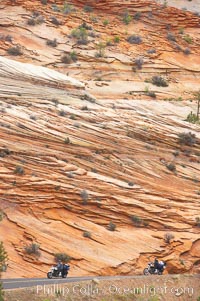
Navajo sandstone forms the cliffs and walls of Zion National Park. The sandstone reaches a thickness of 2300 feet and consists of ancient cemented desert sand dunes. Horizontal lines, commonly called crossbedding, represent layers of wind-blown sand that built up into sand dunes. These dunes were then buried, and the sand grains glued together by calcite and iron oxide to form sandstone.
Location: Zion National Park, Utah
Image ID: 12523
Location: Zion National Park, Utah
Image ID: 12523
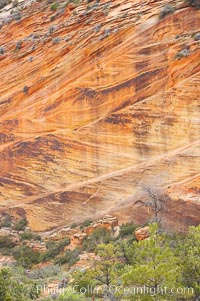
Navajo sandstone forms the cliffs and walls of Zion National Park. The sandstone reaches a thickness of 2300 feet and consists of ancient cemented desert sand dunes. Horizontal lines, commonly called crossbedding, represent layers of wind-blown sand that built up into sand dunes. These dunes were then buried, and the sand grains glued together by calcite and iron oxide to form sandstone.
Location: Zion National Park, Utah
Image ID: 12524
Location: Zion National Park, Utah
Image ID: 12524
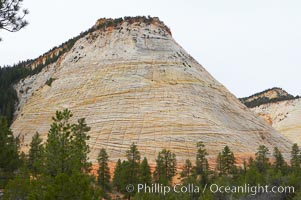
Checkerboard Mesa, a good example of crossbedding (horizontal lines) and vertical cracks caused by thermal expansion/contraction. Navajo sandstone forms the cliffs and walls of Zion National Park. The sandstone reaches a thickness of 2300 feet and consists of ancient cemented desert sand dunes. Horizontal lines, commonly called crossbedding, represent layers of wind-blown sand that built up into sand dunes. These dunes were then buried, and the sand grains glued together by calcite and iron oxide to form sandstone.
Location: Zion National Park, Utah
Image ID: 12526
Location: Zion National Park, Utah
Image ID: 12526
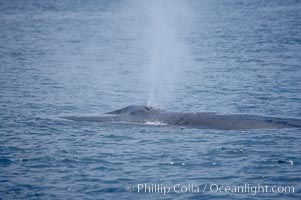
A fin whale blows at the surface between dives. Coronado Islands, Mexico (northern Baja California, near San Diego).
Species: Fin whale, Balaenoptera physalus
Location: Coronado Islands (Islas Coronado), Baja California, Mexico
Image ID: 12781
Species: Fin whale, Balaenoptera physalus
Location: Coronado Islands (Islas Coronado), Baja California, Mexico
Image ID: 12781
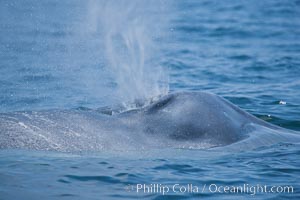
Blue whale, blows (exhales).
Species: Blue whale, Balaenoptera musculus
Location: San Diego, California
Image ID: 16181
Species: Blue whale, Balaenoptera musculus
Location: San Diego, California
Image ID: 16181
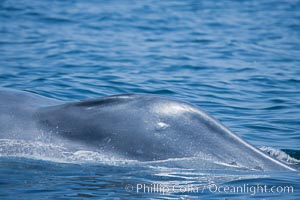
Blue whale, closeup view of splashguard that surrounds the blowhole.
Species: Blue whale, Balaenoptera musculus
Location: San Diego, California
Image ID: 16187
Species: Blue whale, Balaenoptera musculus
Location: San Diego, California
Image ID: 16187
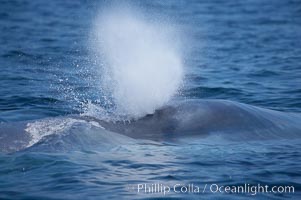
Blue whale, blows (exhales).
Species: Blue whale, Balaenoptera musculus
Location: San Diego, California
Image ID: 16188
Species: Blue whale, Balaenoptera musculus
Location: San Diego, California
Image ID: 16188
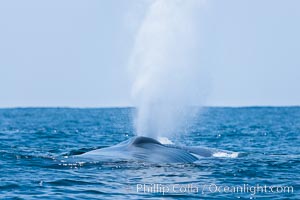
Blue whale, blows (exhales).
Species: Blue whale, Balaenoptera musculus
Location: San Diego, California
Image ID: 16195
Species: Blue whale, Balaenoptera musculus
Location: San Diego, California
Image ID: 16195
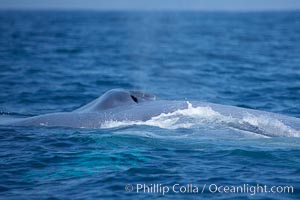
Blue whale, blows (exhales).
Species: Blue whale, Balaenoptera musculus
Location: San Diego, California
Image ID: 16197
Species: Blue whale, Balaenoptera musculus
Location: San Diego, California
Image ID: 16197
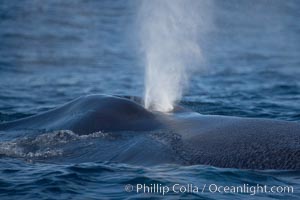
Blue whale, blowing (exhaling) between dives.
Species: Blue whale, Balaenoptera musculus
Location: San Diego, California
Image ID: 16203
Species: Blue whale, Balaenoptera musculus
Location: San Diego, California
Image ID: 16203
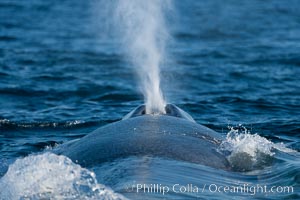
Blue whale, blowing (exhaling) between dives.
Species: Blue whale, Balaenoptera musculus
Location: San Diego, California
Image ID: 16205
Species: Blue whale, Balaenoptera musculus
Location: San Diego, California
Image ID: 16205
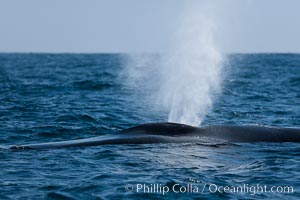
Blue whale, blowing (exhaling) between dives.
Species: Blue whale, Balaenoptera musculus
Location: San Diego, California
Image ID: 16206
Species: Blue whale, Balaenoptera musculus
Location: San Diego, California
Image ID: 16206
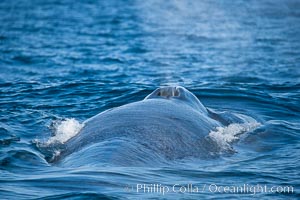
Blue whale, blowing (exhaling) between dives.
Species: Blue whale, Balaenoptera musculus
Location: San Diego, California
Image ID: 16208
Species: Blue whale, Balaenoptera musculus
Location: San Diego, California
Image ID: 16208
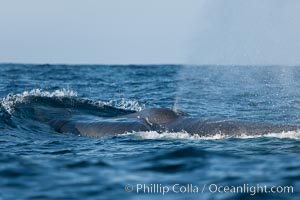
Blue whale, blowing (exhaling) between dives.
Species: Blue whale, Balaenoptera musculus
Location: San Diego, California
Image ID: 16210
Species: Blue whale, Balaenoptera musculus
Location: San Diego, California
Image ID: 16210
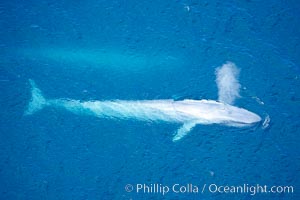
Blue whale, exhaling in a huge blow as it swims at the surface between deep dives. The blue whale's blow is a combination of water spray from around its blowhole and condensation from its warm breath.
Species: Blue whale, Balaenoptera musculus
Location: La Jolla, California
Image ID: 21274
Species: Blue whale, Balaenoptera musculus
Location: La Jolla, California
Image ID: 21274
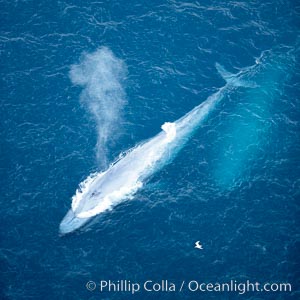
Blue whale, exhaling in a huge blow as it swims at the surface between deep dives. The blue whale's blow is a combination of water spray from around its blowhole and condensation from its warm breath.
Species: Blue whale, Balaenoptera musculus
Location: La Jolla, California
Image ID: 21276
Species: Blue whale, Balaenoptera musculus
Location: La Jolla, California
Image ID: 21276
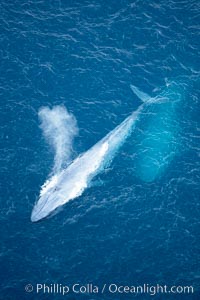
Blue whale, exhaling in a huge blow as it swims at the surface between deep dives. The blue whale's blow is a combination of water spray from around its blowhole and condensation from its warm breath.
Species: Blue whale, Balaenoptera musculus
Location: La Jolla, California
Image ID: 21285
Species: Blue whale, Balaenoptera musculus
Location: La Jolla, California
Image ID: 21285
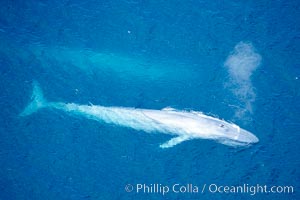
Blue whale, exhaling in a huge blow as it swims at the surface between deep dives. The blue whale's blow is a combination of water spray from around its blowhole and condensation from its warm breath.
Species: Blue whale, Balaenoptera musculus
Location: La Jolla, California
Image ID: 21293
Species: Blue whale, Balaenoptera musculus
Location: La Jolla, California
Image ID: 21293